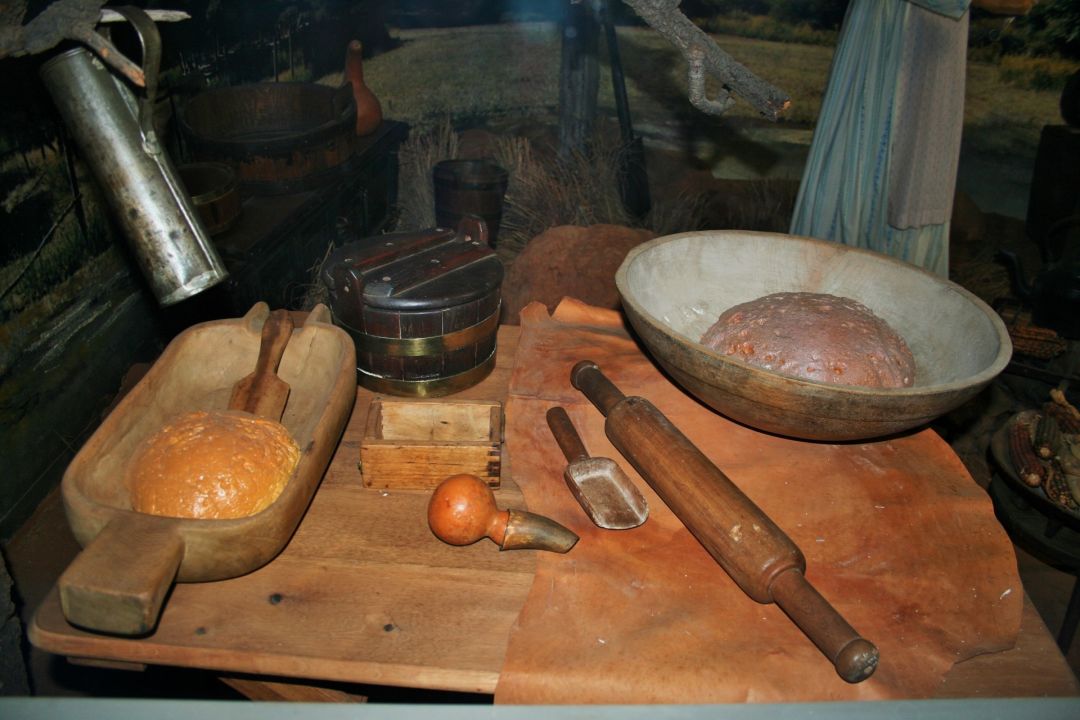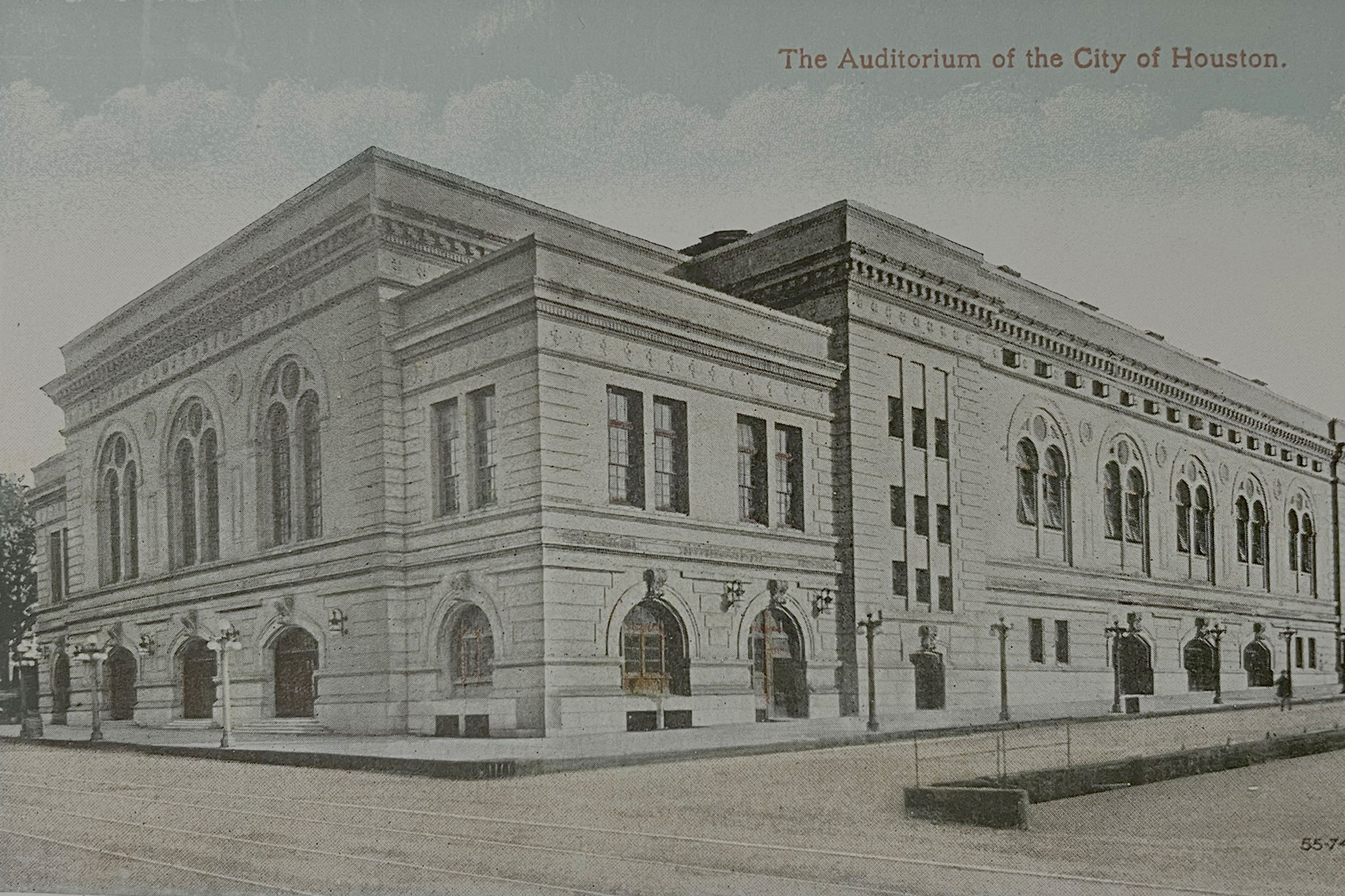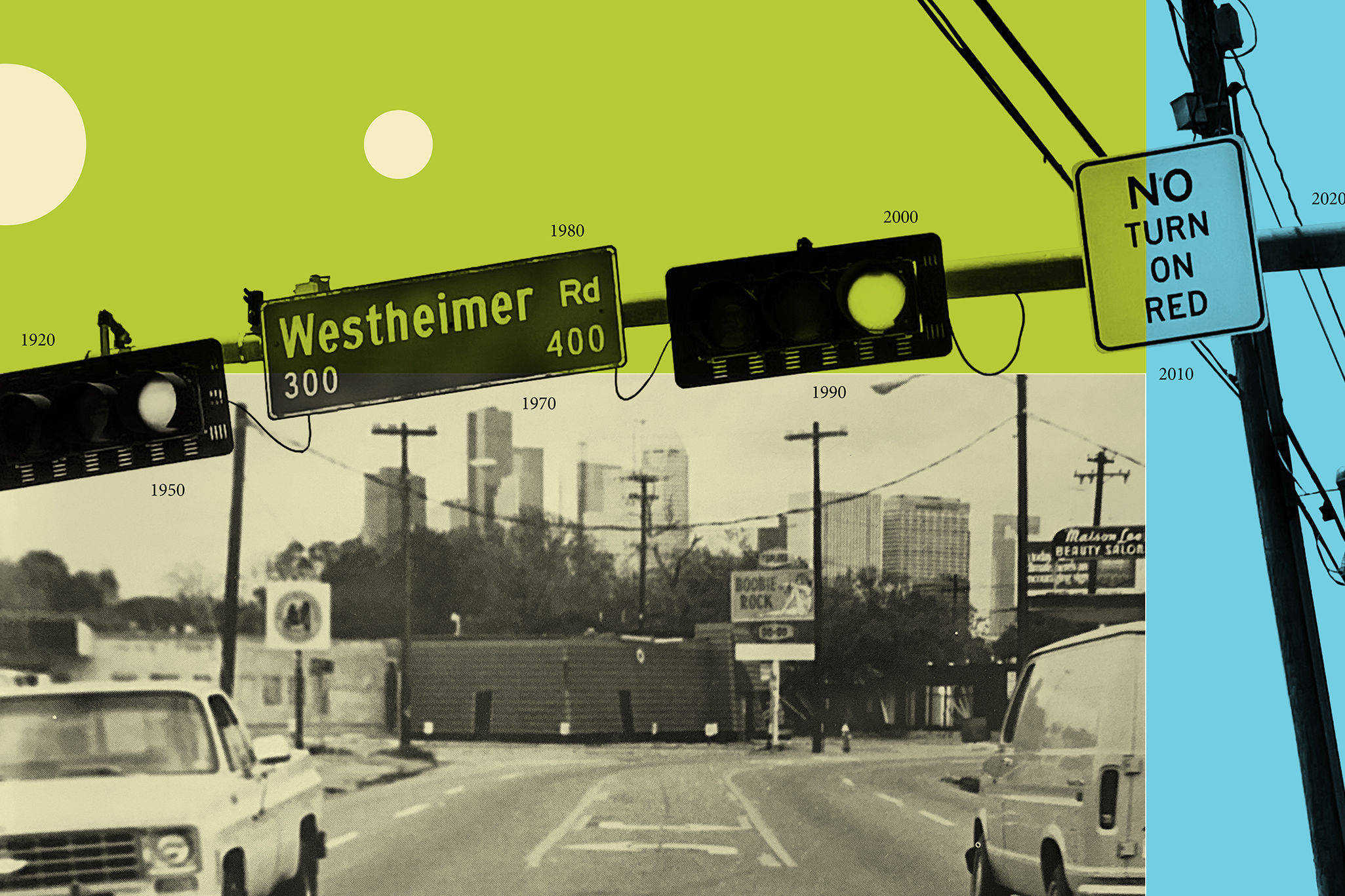What Did Texans Eat in the 19th Century?

No microwaves here.
Image: Public Domain Pictures
These days we're all fascinated by food in one way or another. We like preparing it, eating it, trying new cuisines and cooking styles, checking out new restaurants and counting calories and carbs. We like to stay up-to-date on the newest recipes and food trends and the latest restaurants to open in the city. While it's currently at a fever pitch, the fascination is nothing new. After all, we need to eat. But since Texas became a state in 1845, methods of procuring food, preparing and preserving it have certainly changed.
A Typical 19th Century Family Menu
In the 1800s, it wasn't hip to consider seasonality, it was a necessity. Household menus hinged primarily on what was available. These were the days before rapid transit, refrigeration and home freezers. Local breakfast options included coffee, boiled eggs, cornbread, fried potatoes, sausages, omelet and hash. Dinner, as lunch used to be called, was the largest meal of the day. Boiled or roasted meats sweetened with molasses or honey, vegetables, soup, beans, poultry, mutton with currant jelly, roast pork with apple sauce, stewed liver and fish were all commonly served, and might be followed with fruit pie or another dessert.
Supper, which was also known as tea, was served in the evening. Supper was often stewed fruit, soused calves' feet, cornbread and perhaps some stewed oysters, washed down with a cup of tea. Early Texans ate with a knife and spoon, no fork. In the early 19th century, beef cost about 7 cents a pound, milk was 32 cents a gallon and tea was $0.75 to $2.25 per pound. No wonder they ate a lot of beef (that hasn't changed much) and only the rich enjoyed tea.

It's not beaver tail, but it will do.
Image: Pixabay
Key Preservation and Cooking Techniques
There was plenty of choice in meat, including beef, bison, elk, beaver tail, pigeon, pork (often served as ham) and deer. Longhorns, however, were still yet to be domesticated. Potatoes, tomatoes, apples, strawberries, beans and corn were also available. Tortillas, corn bread and hominy were popular; wheat was less common than corn, but wheat breads were also eaten. Beer was often safer to drink than water. Lobster was actually ground up as fertilizer at the beginning of the 1800s because nobody wanted to eat it (especially Texas' indigenous Caribbean spiny lobster), yet by the turn of the century it was considered a fine food, as it is today.
There were various ways to preserve food two centuries ago, since refrigeration and freezing were not yet available. The most popular method was canning in sealed glass jars. Meat was sometimes smoked over a fire, and this added flavor as well as preserving the flesh. Some meat was salted to keep it longer, too. Vegetables were pickled to survive long winters where there were no root cellars. Roasting over a fire was a popular cooking method. Sometimes meat was boiled in a kettle or fried in a skillet or on a griddle. Some of the breads and cakes were also made on griddles. By the end of the 1800s, factories started to contribute to the increase of canned and processed food that naturally kept for longer periods of time.
How Times Have Changed!
Today, a lot of families don't have the desire or the time to prepare meals from scratch, and eating at a restaurant or getting takeout is a popular way to dine in a hurry these days. We're used to enjoying cuisines from all over the globe and have adopted many international dishes as our own. Our great-great-great grandfathers wouldn't have recognized a kolache (Czechs didn't start arriving in Texas until the 1840s) or tikka masala (Houston's Mahatma Gandhi District wasn't officially named until 2010). Modern families don't always have time to sit together in the evening, either. Two hundred years ago a family's schedule would have been planned around the meals, not the other way around. There was no neighborhood H-E-B to grab supplies from and eating out only happened at inns when traveling, so families would have farmed their own meat and grown their own fruits and vegetables or purchased what they needed locally and frequently.
Pork, beef, poultry and other meats were processed and preserved at home. Even the menus were seasonal; during the spring and summer, more fruits and vegetables were eaten because they were fresh and ripe, while in the winter families relied on preserved foods. Today a lot of the focus is on which foods are healthy and which are not but go back two hundred years and the focus was simply on what was available, tasted serviceably good and didn't kill you. In a way we've come full circle, once again wanting to ensure we eat plenty of fresh produce and that's grown locally, but we also have access to out-of-season foods which might have traveled halfway around the world before ending up on the shelves of our local grocery store.




